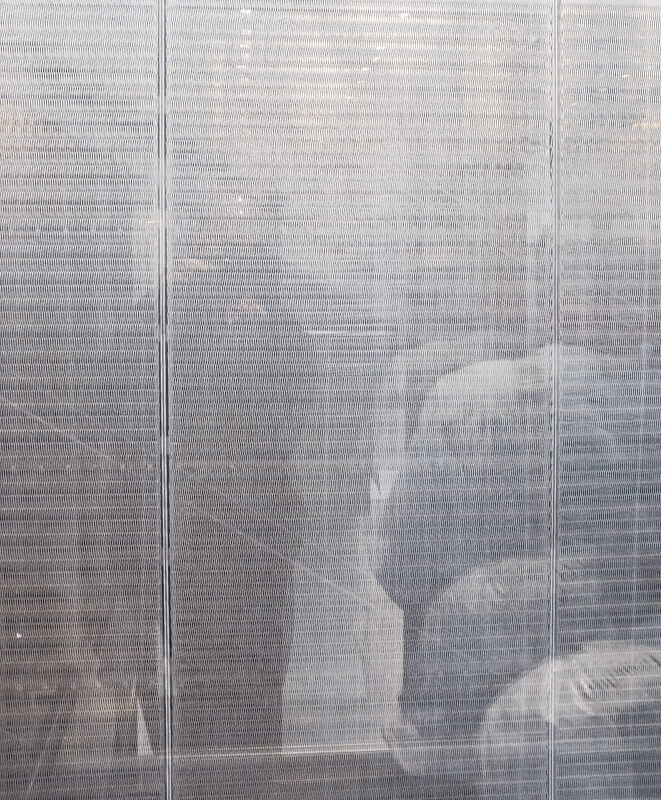Born in 1969, lives and works in Paris, France.
Self taught photographer. Fine art photographer (shooting mainly places) and commissioned interior photographer for the past 7 years.
Part of Hans Lucas collective since 2018
EXHIBITIONS :
2019 : group exhibition “20 ans de la SAIF”, Espace Niemeyer, Paris, FRANCE
2018 : group exhibition "Interiors", curateur Elizabeth Avedon, galerie A Smith, Johnson City, TX, USA
2015 : solo exhibition : "Delphine Quême, Peoplelessness", galerie Art'inn Concept Store, Paris, FRANCE
2014 : solo exhibition : "Delphine Quême, Théâtres", Théâtre de l'Etoile du Nord, Paris, FRANCE
REWARDS:
2018 : Juror prize "Interiors" competition, curator Elizabeth Avedon, galerie A Smith, Johnson City, TX, USA
2019 : Merit Award AAP Magazine #8 'Street', competition, curator Sandrine Hermand-Grisel, CA, USA
